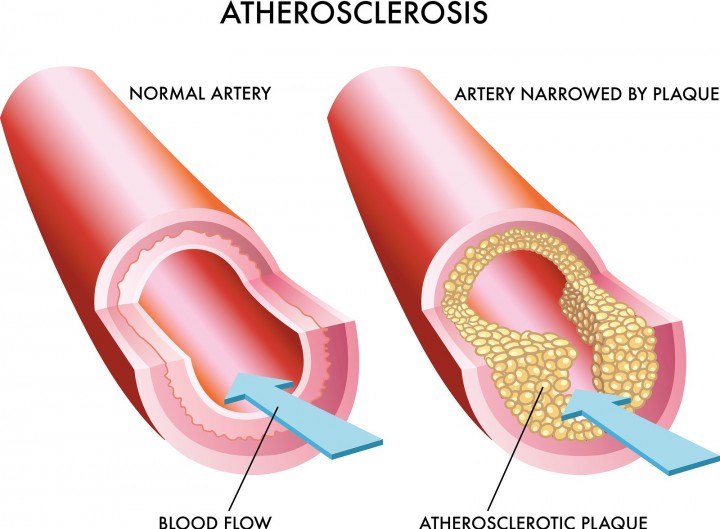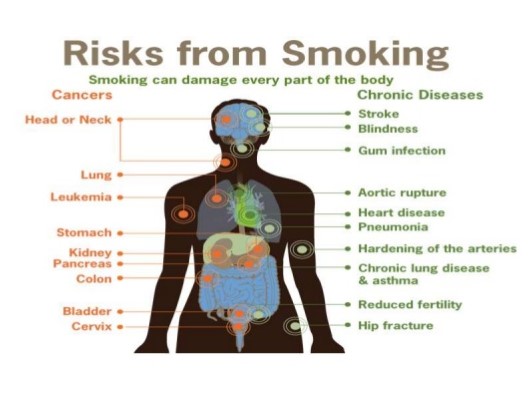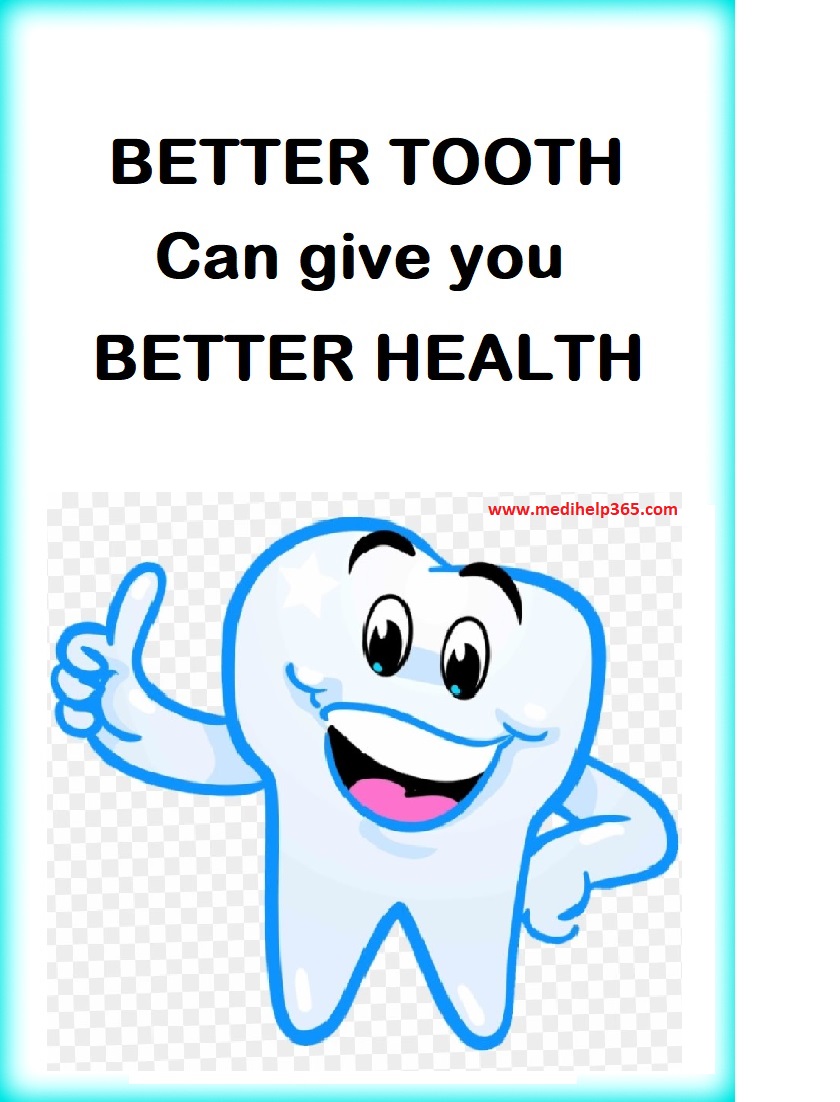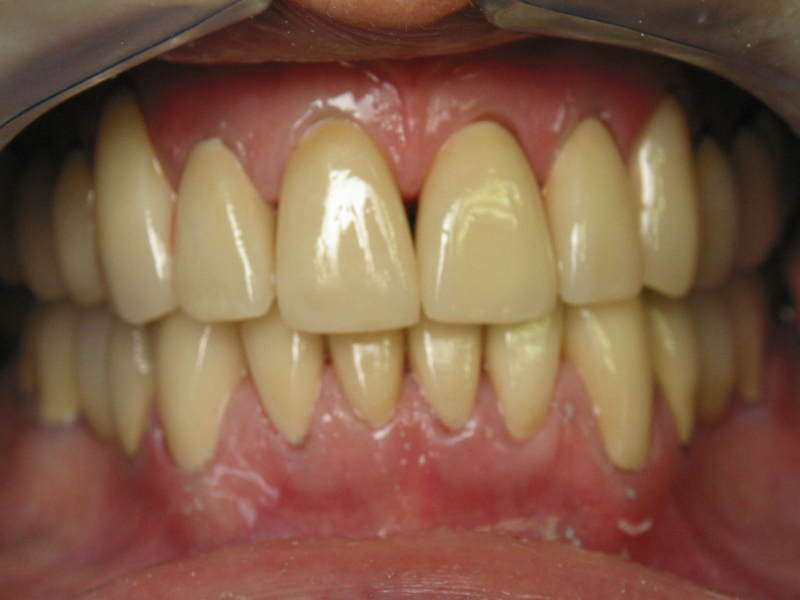What is Cholesterol?
Cholesterol is an oil-based important substance in the body; it is carried around the body by lipoproteins. It is produced by the body(mainly in the liver) and also found in food. Major dietary sources of it include cheese, egg yolks, beef, pork, poultry, fish, and shrimp. Human breast milk also contains it. This will help your doctor estimate your risk of having a heart attack or stroke.
The Difference between Good and Bad Cholesterol:
Cholesterol is carried in the blood by lipoproteins. The main types of lipoproteins carry the parcels of cholesterol are high-density lipoprotein (HDL) and low-density lipoprotein (LDL).
- High-density lipoprotein (HDL) is known as ‘good cholesterol’. This is because HDL helps to remove cholesterol from the arteries by carrying cholesterol back to the liver for disposal.
- Low-density lipoprotein (LDL) is known as ‘bad cholesterol’. This is because LDL leaves cholesterol in the arteries; this may lead to plaque accumulation on the walls of the arteries. The process of plaque accumulation on the arteries wall is called atherosclerosis.
What are the consequences of Plaque accumulation on wall of arteries?
- The process of plaque accumulation on the arteries wall is called atherosclerosis. It can narrow the blood vessels, straining the flow of oxygen-rich blood throughout the body, it may increase blood pressure.
- It can lead to blood clots, embolus, which can break loose and block the flow of blood, causing a heart attack, cardiac disease & stroke.

Atherosclerosis
Know about some Important Function of cholesterol?
- It plays an important role to build and maintain animal cell membranes. The structure of the tetracyclic ring of cholesterol contributes to the fluidity of the cell membrane. Cells also need it to help them adjust to changes in temperature.
- It is essential for making a number of critical hormones, including the sex and stress hormone cortisol
- It also functions in intracellular transport, cell signalling and nerve conduction.
- The liver also uses cholesterol to make bile, a fluid that plays a vital role in the processing and digestion of fats.
- It helps for Vitamin D production.
Report from Harvard Health- 11 foods that lower cholesterol:
- Oats
- Barley and whole grains
- Beans
- Eggplant and okra
- Nuts
- Vegetable oil (canola, sunflower, safflower)
- Fruits (mainly apples, grapes, strawberries and citrus fruits)
- Foods fortified with sterols and stanols
- Soy and soy-based foods
- Fatty fish (particularly salmon, tuna, and sardines)
- Foods rich in fiber
Reduce cholesterol levels by avoiding these foods:
- Saturated fats: Typical sources of saturated fat include animal products, such as red meat, whole-fat dairy products, and eggs, and also a few vegetable oils, such as palm oil, coconut oil, and cocoa butter. Saturated fat can increase your levels of “bad” LDL. But it has some benefits, too — it lowers triglycerides and nudges up levels of “good” HDL.
The role of saturated fat in heart disease is currently under debate. For now, it’s best to limit your intake of saturated-fat-rich foods.
- Trans fats: FDA banned trans fats from the U.S. food supply.
Diagnosis:
A blood test to check cholesterol levels — called a lipid panel or lipid profile.
What should be Levels and ranges?
In adults, total cholesterol levels less than 200 milligrams per deciliter (mg/dL) are considered healthy.
A reading between 200 and 239 mg/dL is borderline high.
A reading of 240 mg/dL and above is considered high.
LDL levels: should be less than 100 mg/dL.
100–129 mg/dL is acceptable for people with no health problems but may be a concern for anyone with heart disease or heart disease risk factors.
130—159 mg/dL is borderline high.
160–189 mg/dL is high.
190 mg/dL or higher is considered very high.
HDL levels: should be kept higher. The optimal reading for HDL levels is of 60 mg/dL or higher.
A reading from 41 mg/dL to 59 mg/dL is borderline low.
A reading of less than 40 mg/dL is considered a major risk factor for heart disease.
Triglyceride levels: body makes this type of fat from the food you eat. High levels, in combination with either low HDL or high LDL, can clog your arteries.
Less than 150 mg/dL: A healthy level
More than 150 mg/dL: An almost unhealthy level
500 mg/dL and higher: A very unhealthy, dangerous level

Exercise & increase physical activity
Treatment:
If you have high or in an unhealthy range, at first you may need to make some lifestyle change.
- Exercise regularly
- Eat healthy diet- Reduce saturated fats & eliminate trans fats. Soluble fiber can reduce the absorption of cholesterol into your bloodstream. Eat foods rich in omega-3 fatty acids it doesn’t affect LDL. But they have other heart-healthy benefits, including reducing blood pressure.
- Avoid smoking
- Maintain your healthy weight
- Depending on your risk factors, your doctor may suggest medicine along with lifestyle changes. Statins block a substance your liver needs to make cholesterol. This causes your liver to remove it from your blood. There may be multiple treatment options it will be depending upon age, condition & risk factors get doctor advice.




0 Comments